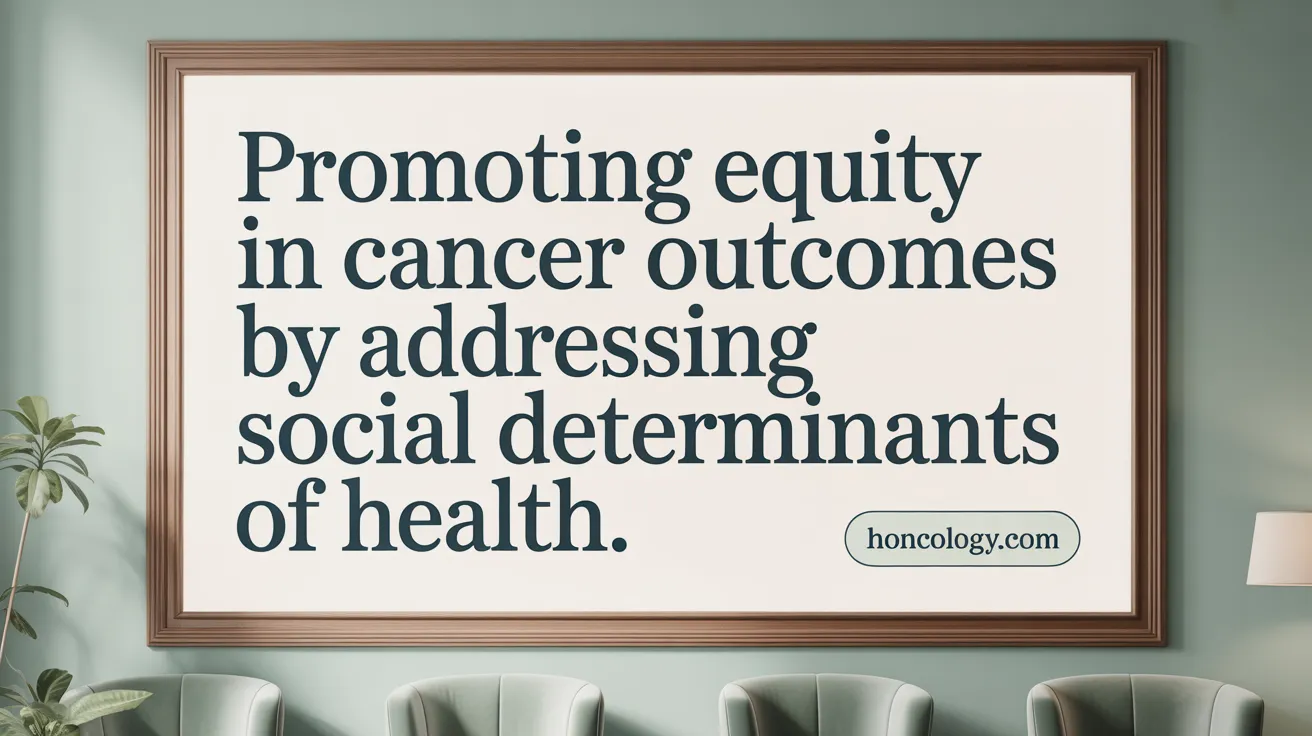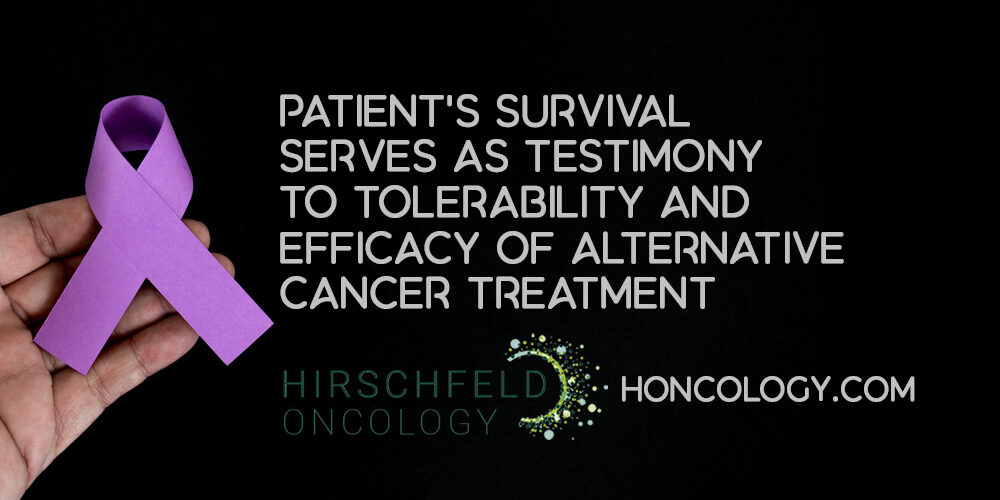A New Era in Oncology Care
Overview of Patient-Centric Oncology Care Models
Contemporary oncology care is rapidly evolving towards models that prioritize the patient’s comprehensive needs, expectation for quality, and equitable access. Central to this evolution is the Enhancing Oncology Model (EOM), launched by CMS following the foundational Oncology Care Model (OCM). These models emphasize coordinated, value-based care designed specifically for patients undergoing systemic chemotherapy across various cancer types like breast, lung, colorectal, and lymphoma. They integrate services such as 24/7 clinician access, personalized care plans reflective of patient preferences, and screening for social determinants of health.
Such models also focus on improving health equity by supporting vulnerable patients—including those dually eligible for Medicare and Medicaid—and systematically collecting and analyzing sociodemographic data to address disparities in care quality and outcomes.
Importance of Integrating Standard and Innovative Approaches
Effective oncology care now blends tried-and-true clinical guidelines and evidence-based interventions with emerging technologies and innovations. Traditional patient navigation, adherence to national treatment protocols, and care coordination remain crucial pillars paired with enhanced data analytics, electronic reporting tools, and AI-driven decision-support systems.
Integration of advanced methodologies such as telehealth, real-time patient-reported outcomes, genomic profiling for precision therapies, and innovative clinical trial designs enhance the personalization and effectiveness of treatment. These dual approaches ensure that patients receive not only medically optimal but also contextually appropriate care tailored to their unique biological, social, and emotional circumstances.
This holistic and technology-empowered framework is proving essential to meeting the complex challenges of modern oncology, driving improvements in patient satisfaction, reducing unnecessary costs, and ultimately enhancing survival and quality of life.
Evolving Payment and Care Coordination Models: From OCM to EOM
What are the key features and objectives of the Oncology Care Model (OCM) and its successor, the Enhancing Oncology Model (EOM)?
The Oncology Care Model (OCM), introduced by the Centers for Medicare & Medicaid Services (CMS) Innovation Center in 2016, sought to boost the quality and coordination of cancer care while controlling costs. It used value-based, episode-based payments focused on systemic chemotherapy episodes. Practices received Monthly Enhanced Oncology Services (MEOS) payments and performance-based incentives tied to quality and spending. Core elements included care coordination, patient navigation, 24/7 access to providers, adherence to clinical guidelines, and shared decision-making. The OCM involved both Medicare and select commercial payers, engaging 122 practices by mid-2022, aiming to promote smarter spending and healthier outcomes for cancer patients.
Building on these foundations, the Enhancing Oncology Model (EOM) began in July 2023 and extends through June 2030. It broadens the scope to specifically include seven cancer types and emphasizes a stronger patient-centered approach. EOM intensifies focus on health equity by screening for social determinants of health and supporting vulnerable populations such as dually eligible Medicare-Medicaid patients. Patient engagement is enhanced with detailed personalized care plans, electronic patient-reported outcomes, and continuous communication including 24/7 clinician access.
The EOM maintains a value-based care framework with a two-part payment structure: a revised MEOS payment and performance-based financial incentives. It also promotes multi-payer alignment between Medicare and commercial insurers. Enhanced navigation services and comprehensive care coordination underscore both models’ shared goal of improving outcomes while controlling costs. Importantly, EOM incorporates lessons from OCM experiences and the COVID-19 pandemic, integrating telehealth and home-based care options to further increase accessibility and patient satisfaction.
Together, OCM and EOM represent evolving efforts to transform oncology care from volume-driven toward value-based, equitable, and patient-focused delivery systems, leveraging technology and data to support continuous improvement.
Holistic Patient Support through Navigation and Comprehensive Care

How do patient navigation and holistic support improve oncology care experiences?
Oncology nurse navigators play a crucial role in enhancing patient experiences by providing personalized guidance throughout cancer treatment. They assist with scheduling appointments, managing benefits, coordinating travel, and helping patients understand their care plans. These navigators ensure clear communication among clinicians, patients, and caregivers, facilitating smoother care coordination.
Programs like Evernorth Oncology Benefit Services highlight this role effectively. Their oncology nurse navigators, equipped with cancer and benefits expertise, support patients by addressing logistical and emotional needs, helping reduce administrative burdens and improving access to high-quality care nationwide.
The American Oncology Network (AON) emphasizes a Whole-Person Care model in oncology that integrates mental, spiritual, financial, and nutritional support into oncology care. This model includes connecting patients with local resources to alleviate financial burdens, offering on-site services such as blood work and infusions, and involving caregivers in treatment sessions to foster trust and comfort.
Together, these holistic approaches—combining patient navigation with comprehensive support—address social determinants of health and patient preferences, reduce financial toxicity, improve treatment adherence, and elevate overall patient satisfaction.
This patient-centered strategy moves beyond traditional clinical care to support the whole individual, enhancing the quality and coordination of cancer care delivery.
Leveraging Technology to Enhance Patient-Centered Oncology Care

In what ways does technology improve patient access, care coordination, and outcomes in oncology?
Technology has become a cornerstone in advancing patient-centered oncology care by enhancing access, coordination, and clinical outcomes. AI-powered decision support tools in EHRs provide clinicians with real-time insights and automated workflow support. These tools aid in clinical decision-making without replacing human expertise, helping to identify high-risk patients and streamline care operations efficiently.
Telehealth platforms and remote symptom monitoring systems allow care to extend beyond the clinic, enabling real-time collection and assessment of patient-reported symptoms. This home-based monitoring supports early detection of health issues, preventing complications and hospitalizations, while improving patient convenience and satisfaction. Such advancements in oncology nursing and technology are transforming oncology nursing and patient-provider communication.
Electronic health records coupled with patient portals enhance communication and continuity of care. Patients have secure access to their health information and can engage more fully through these portals. Innovations like UCSF oncology self-scheduling platform empower patients to book oncology visits directly and choose between telehealth or in-person appointments, significantly improving timely access and patient autonomy.
Mobile health applications serve as crucial tools for education, symptom tracking, and communication between patients and providers. These apps facilitate better self-management of cancer care and contribute to improved adherence to treatment plans. Such mobile symptom management apps and digital symptom monitoring support personalized survivorship care and proactive cancer care delivery.
Together, these technological advances reduce administrative burdens, optimize resource utilization, and foster a supportive, coordinated care environment that enhances the overall patient experience in oncology settings. These improvements are well aligned with value-based oncology care models that emphasize care coordination, patient navigation, and performance-based incentives to improve outcomes and equity.
Innovative Clinical Trial Designs and Personalized Therapies

How are innovative clinical trials and emerging therapies advancing personalized oncology care?
Adaptive clinical trial design and patient-centric clinical trials are transforming cancer treatment by tailoring therapy based on individual patient responses. For example, the I-SPY 2 trial employs an adaptive design where treatments are adjusted depending on how well patients respond. Those showing strong responses may receive reduced treatment intensity, whereas non-responders are directed to additional targeted therapies, reducing toxicity and optimizing outcomes.
Molecular profiling and real-time monitoring techniques, such as circulating tumor DNA (ctDNA) analysis, enable continuous therapy adjustments. Trials involving novel agents like SHP2 inhibitors utilize this approach to track resistance and disease progression non-invasively, enhancing precision in treatment pathways. This aligns with insights from Patient-Centric Approaches for Phase I Combination Trials and advances in tumor treatment modalities.
Integration of AI-powered decision support tools in EHRs and innovative technologies like digital twins offers promising methods for personalizing cancer care. These tools support clinicians by analyzing vast datasets and simulating individualized treatment responses, helping to optimize therapy strategies while maintaining critical human oversight, as discussed in Transforming oncology care through technological innovation.
Emerging therapies including immunotherapy in cancer treatment, CAR-T cell therapy, gene therapy for cancer, and molecularly targeted agents are expanding treatment options. These strategies address tumor heterogeneity and resistance by precisely targeting cancer cells and modulating the immune system. Combined with novel clinical trial designs, these advances create a more patient-responsive, effective oncology care landscape, integrating advances in tumor targeting treatment options and patient-centric cancer clinical trial design.
Addressing Health Equity and Social Determinants in Cancer Care

What measures are being implemented to promote health equity and address social determinants in oncology care?
The Enhancing Oncology Model (EOM) represents a significant advancement toward addressing health equity within cancer care. It systematically incorporates strategies designed to identify and mitigate social determinants that adversely affect patient outcomes.
One of the foundational approaches in EOM is the collection and detailed reporting of sociodemographic data from patients. This data is used to stratify outcomes by equity metrics, enabling providers and payers to detect disparities in care access, treatment adherence, and clinical results. Practices participating in the model must develop and submit annual health equity plans to CMS, ensuring ongoing attention and accountability to equity goals.
Comprehensive screening for health-related social needs (HRSNs) is embedded into routine oncology care. This process helps recognize barriers such as financial hardship, transportation issues, housing instability, and food insecurity that patients may face. By identifying these needs early, oncology care teams can coordinate appropriate support services and navigation resources tailored to patients’ social circumstances.
Special attention is given to patients dually eligible for Medicare and Medicaid. These patients often experience greater vulnerability due to socioeconomic factors and comorbidities. The EOM incorporates risk adjustments and dedicated supports for these individuals to better tailor care plans and resource allocation, improving equity in health outcomes.
Policy support from CMS, which has extended and refined the EOM until 2030, reflects a broader commitment to reducing disparities. The model aligns with national initiatives such as the Biden-Harris Cancer Moonshot oncology initiatives, which prioritizes enhancing cancer care quality and equity. This integration fosters a care environment that proactively addresses the social determinants of health and promotes more equitable, patient-centered oncology services.
Through these combined strategies, the Enhancing Oncology Model overview and supportive policies aim to dismantle barriers in cancer care, ensuring that vulnerable populations receive comprehensive, coordinated, and equitable treatment.
Integrating End-of-Life Care Innovations into Oncology Models
How do innovative oncology care models improve end-of-life care for cancer patients?
Innovative oncology care models, including CMS-funded oncology medical home and patient navigation model programs, improve end-of-life care by focusing on patient-centered coordination and support. These models actively reduce unnecessary hospitalizations and emergency department visits during the last months of life, thereby aligning care more closely with patients' wishes and comfort.
Patient navigation, in particular, has shown significant benefits, including increased hospice enrollment in the final two weeks of life. This contributes to a more dignified and supportive care setting for patients facing terminal stages of cancer.
Beyond improving patient experience, these models yield substantial cost savings. The oncology medical home model reduces healthcare costs by about $3,346 per person in the final ninety days of life, while patient navigation achieves even larger savings of $5,824 per person.
By reducing hospital admissions, emergency visits, and promoting hospice use, these care models not only enhance quality of life for patients and families but also demonstrate cost-effective strategies to optimize resources within oncology care frameworks.
Overall, integrating these innovative oncology care models into existing oncology models ensures a more compassionate, efficient, and economically sustainable delivery of end-of-life care.
Future Perspectives: Combining Innovation, Technology, and Compassion
What future directions are shaping patient-centric oncology care models?
The future of oncology care is evolving into a multidimensional system addressing the complex biological, psychosocial, and systemic aspects of cancer. This transformation is led by multidisciplinary collaboration where clinicians, patient advocates, policymakers, and health informatics experts join forces to develop innovative solutions.
Advanced technologies, including artificial intelligence (AI), machine learning, and multi-omics data integration, are at the forefront. These technologies improve risk stratification and enable highly personalized treatment approaches. Importantly, AI-driven tools supplement—rather than replace—clinical expertise, supporting decision-making without compromising the human touch essential in cancer care.
Patient-reported outcomes combined with digital health tools enable real-time monitoring of symptoms and quality of life. This continuous feedback loop drives quality improvement and helps tailor treatments dynamically in response to patient needs (operationalizing patient-centered cancer care).
Continuous quality improvement remains a foundational principle, supported by proactive data analytics and performance measurement. Meanwhile, strong stakeholder engagement ensures care models are co-created, sustainable, and address health equity (Enhancing Oncology Model overview).
Ultimately, integrating scientific innovation with compassionate, patient-centered care will improve survivorship experiences, enhance health outcomes, and foster trust, paving the way for a truly holistic oncology care future (Cancer care delivery innovations).
Shaping the Future of Cancer Care with Patient-Centric Innovation
Advances in Cancer Care Models, Technology, and Therapies
Recent oncology care models like the Enhancing Oncology Model (EOM) build on prior initiatives to improve care coordination, quality, and equity, integrating patient navigation, 24/7 access, and social needs screening. Technological innovations — such as AI-powered decision support, telehealth, remote monitoring, and digital platforms — enable personalized, real-time care and support clinical decisions. On the therapeutic front, immunotherapies, molecular targeted agents, gene therapies, and novel drug delivery methods are expanding treatment options.
Embracing Holistic and Equitable Approaches
Modern cancer care emphasizes whole-person support, addressing physical, mental, social, and financial well-being alongside treatment. Models incorporate health equity by tailoring care to vulnerable populations and integrating patient preferences. Supportive care services, including caregiver inclusion and community resources, foster trust and improve outcomes.
Driving Innovation Through Collaboration
Ongoing progress demands multidisciplinary collaboration among clinicians, payers, researchers, and technology experts. Adaptive clinical trials, machine learning, and real-world data collection accelerate treatment optimization. Commitment to patient-centered, equitable care coupled with continuous quality improvement will shape a more effective, compassionate cancer care landscape.





.png)


.png)
.png)




